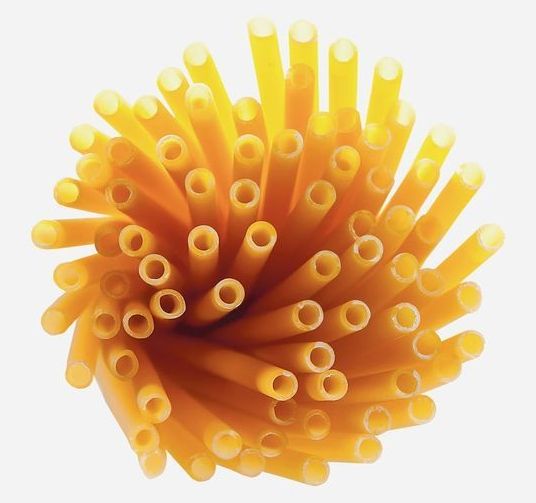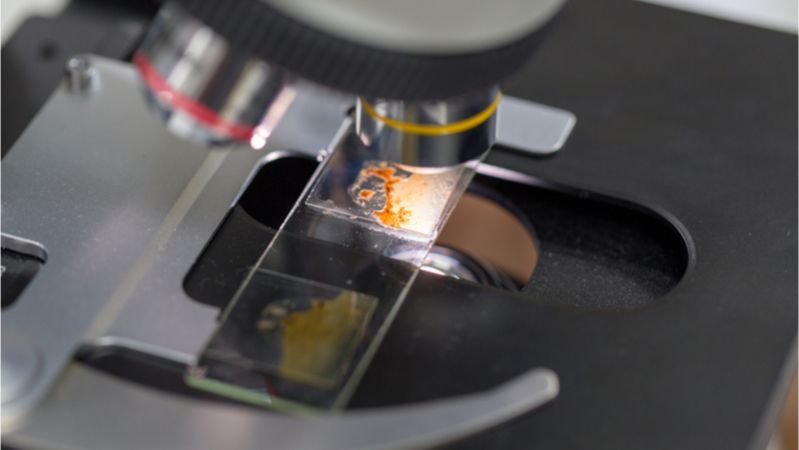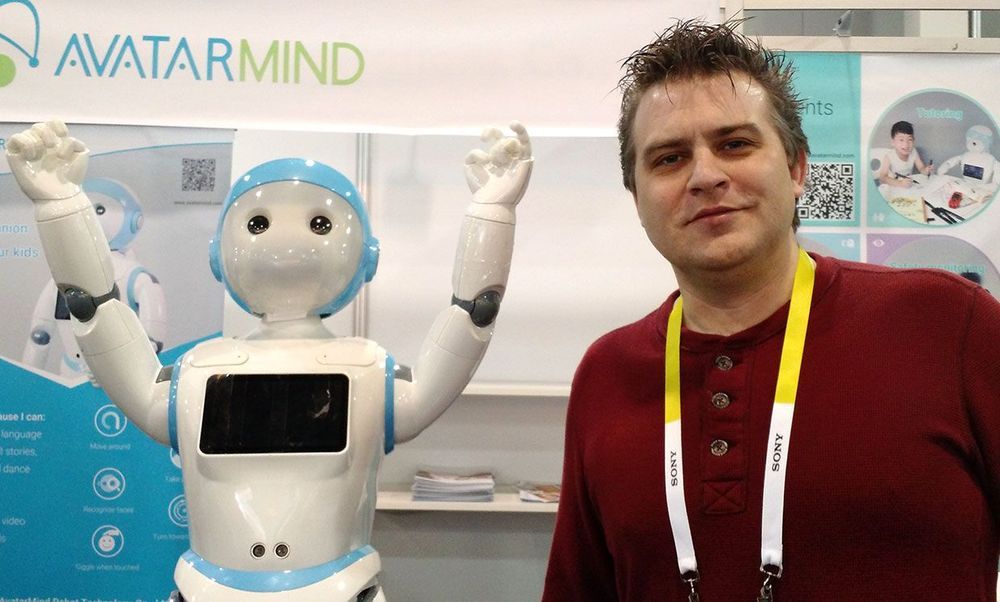Page 7212
Jan 22, 2020
U.S. Lets 141 Trillion Calories Of Food Go To Waste Each Year
Posted by Quinn Sena in category: food
The Salt Americans wasted 31 percent of all food that was available in 2010, the USDA reports. For the first time, the agency calculated what that means in terms of calories, too.
Jan 22, 2020
World’s largest vertical farm grows without soil, sunlight or water in Newark
Posted by Quinn Sena in categories: food, sustainability
AeroFarms has put $30m into a green revolution that seeks to produce more crops in less space, but whether it’s economically viable is an open question.
Jan 22, 2020
A New Kind of Governance, ‘Transhuman’ Governance… (A Proposal)
Posted by David J. Kelley in categories: governance, transhumanism
The IAmTranshuman (ist) web site is about the stories of transhumanists, from professors to artists and everything in between from all walks of life. IAmTranshuman is about helping humanity grow and be more then what we were through the responsible use of technology.
Jan 22, 2020
First fully integrated flexible electronics made of magnetic sensors and organic circuits
Posted by Shane Hinshaw in categories: biotech/medical, cyborgs, robotics/AI, space
Human skin is a fascinating multifunctional organ with unique properties originating from its flexible and compliant nature. It allows for interfacing with external physical environment through numerous receptors interconnected with the nervous system. Scientists have been trying to transfer these features to artificial skin for a long time, aiming at robotic applications.
Robotic systems heavily rely on electronic and magnetic field sensing functionalities required for positioning and orientation in space. Much research has been devoted to implementation of these functionalities in a flexible, compliant form. Recent advancements in flexible sensors and organic electronics have provided important prerequisites. These devices can operate on soft and elastic surfaces, whereas sensors perceive various physical properties and transmit them via readout circuits.
To closely replicate natural skin, it is necessary to interconnect a large number of individual sensors. This challenging task became a major obstacle in realizing electronic skin. First demonstrations were based on an array of individual sensors addressed separately, which unavoidably resulted in a tremendous number of electronic connections. In order to reduce the necessary wiring, important technology had to be developed—namely, complex electronic circuits, current sources and switches had to be combined with individual magnetic sensors to achieve fully integrated devices.
Jan 22, 2020
People with Autism have excess of immune cells in their brains
Posted by Paul Battista in category: neuroscience
Jan 22, 2020
Immune cell that kills most cancers discovered by accident by British scientists
Posted by Paul Battista in categories: biotech/medical, innovation
A new type of immune cell which kills most cancers has been discovered by accident by British scientists, in a finding which could herald a major breakthrough in treatment.
Researchers at Cardiff University were analysing blood from a bank in Wales, looking for immune cells that could fight bacteria, when they found an entirely new type of T-cell.
That new immune cell carries a never-before-seen receptor which acts like a grappling hook, latching on to most human cancers, while ignoring healthy cells.
Jan 22, 2020
Reviewing Age-Related Gut Microbiome Changes
Posted by Paul Battista in categories: biotech/medical, life extension
A recent study has taken an in-depth look at the age-related changes that occur in the microbiome, particularly in regards to bacterial populations.
A detailed look at bacterial populations in the gut microbiome
The publication contains multiple graphs that track age-related changes to various bacterial populations in the gut. These graphs show a common trend: the abundance of these bacterial species increases with aging but then falls significantly in extreme old age. On these charts, Groups 1–5 contain various ages of children, Group 6 consists of 19- to 29-year-olds, and each following group is ten years older than the previous, with Group 14 containing 99- to 110-year-olds.
Jan 22, 2020
Profile: Christian Wanamaker Teaches Robots to Learn How to Help Students
Posted by Omuterema Akhahenda in categories: biotech/medical, food, military, robotics/AI
“The thing I find rewarding about coding: You’re literally creating something out of nothing. You’re kind of like a wizard.”
When the smiley-faced robot tells two boys to pick out the drawing of an ear from three choices, one of the boys, about 5, touches his nose. “No. Ear,” his teacher says, a note of frustration in her voice. The child picks up the drawing of an ear and hands it to the other boy, who shows it to the robot. “Yes, that is the ear,” the ever-patient robot says. “Good job.” The boys smile as the teacher pats the first boy in congratulations.
The robot is powered by technology created by Movia Robotics, founded by Tim Gifford in 2010 and headquartered in Bristol, Connecticut. Unlike other companies that have made robots intended to work with children with autism spectrum disorder (ASD), such Beatbots, Movia focuses on building and integrating software that can work with a number of humanoid robots, such as the Nao. Movia has robots in three school districts in Connecticut. Through a U.S. Department of Defense contract, they’re being added to 60 schools for the children of military personnel worldwide.
Continue reading “Profile: Christian Wanamaker Teaches Robots to Learn How to Help Students” »
Jan 22, 2020
Dmitry Itskov on the Philosophy of Immortality
Posted by Tanvir Ahmed in categories: futurism, life extension

Watch it 👇.
MOTHERBOARD met up with Russian billionaire Dmitry Itskov at his Global Future 2045 Conference in New York City to talk about immortality, spirituality, and the coming age of cybernetic avatar-based living.
Continue reading “Dmitry Itskov on the Philosophy of Immortality” »

















